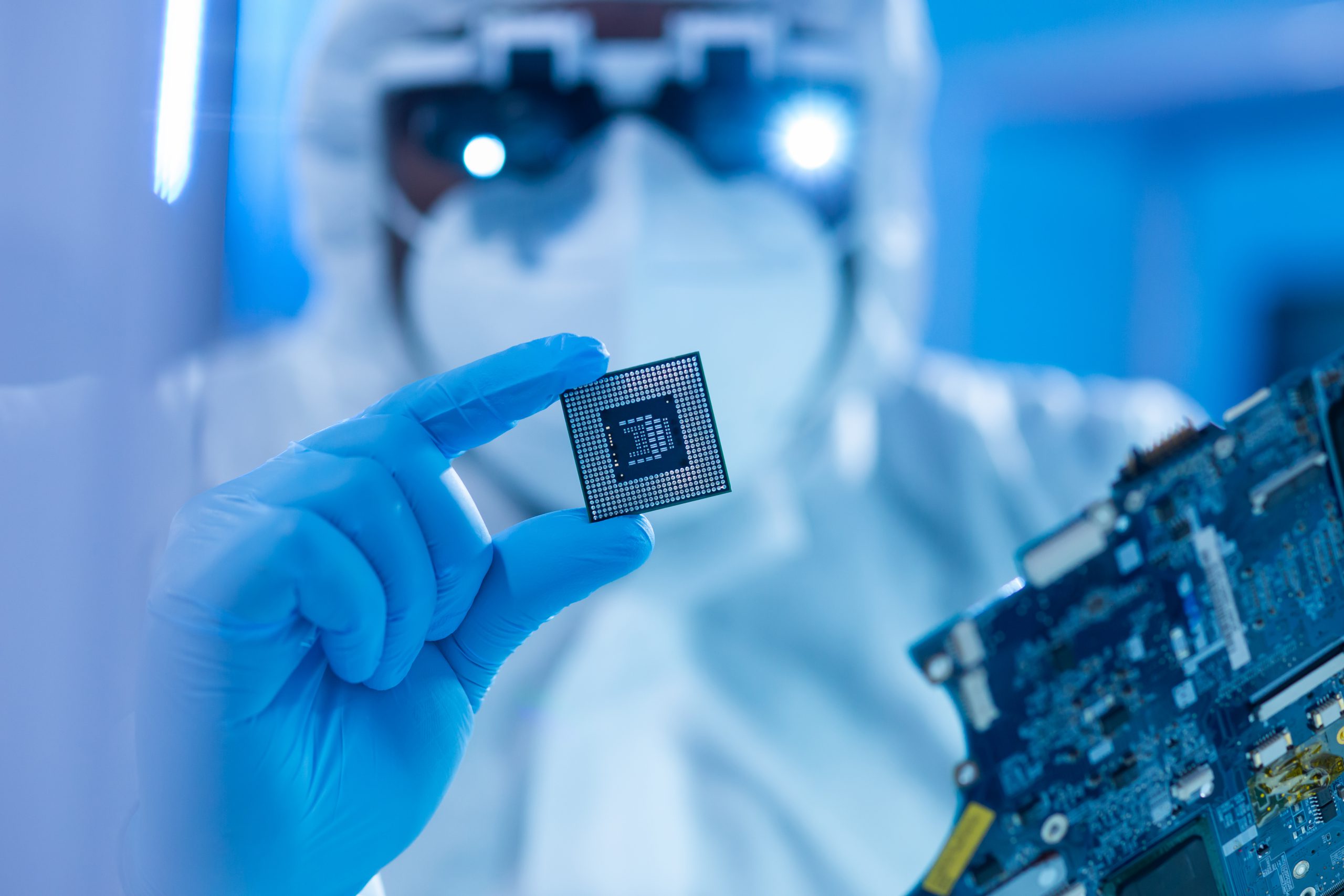Brian McCowan, Zondits staff, 2/28/2024
Researchers at the University of Illinois are saying that coal may have a future as a component in semiconductors.
Their groundbreaking research is published in the technical journal Communications Engineering, with the somewhat daunting title of Ultrathin quasi-2D amorphous carbon dielectric prepared from solution precursor for nanoelectronics. In simpler terms, a new processing technique could transform coal into a high-purity material used to build semiconductors and other electronic components.
Electronic components have been getting increasingly smaller and more powerful to power consumer products such as “smart” watches, but also for industrial uses. The new frontier is the concept of “two-dimensional (2D) electronics,” components so thin (possibly just one or two atoms thick) that they are no longer considered three-dimensional objects. The envisioned components would not only be incredibly small but would also operate at high processing speeds while consuming very little energy.
“Coal is usually thought of as something bulky and dirty, but the processing techniques we’ve developed can transform it into high-purity materials just a couple of atoms thick,” said Qing Cao, a professor of materials science and engineering at the University of Illinois Urbana-Champaign. “Their unique atomic structures and properties are ideal for making some of the smallest possible electronics with performance superior to the state of the art.”
According to a University of Illinois press release, the researchers successfully converted solid coal char into carbon disks measuring just a few nanometers in size. They then processed the disks into ultrathin, amorphous carbon wafers, and used these wafers to produce two different “proof-of-concept” nanoelectronic devices: a transistor and a memristor Memristor | Nanoelectronics, Nanotechnology & Memory Storage | Britannica.
Zondits does not claim to fully understand the science involved and suggests that readers seeking more information consult the article posted in Technology Networks, https://www.technologynetworks.com/applied-sciences/news/could-the-next-generation-of-microelectronics-be-made-from-coal-382509 and/or the full research report: https://www.nature.com/articles/s44172-023-00141-9
Reference: An F, Wang C, Pham VH, et al. Ultrathin quasi-2D amorphous carbon dielectric prepared from solution precursor for nanoelectronics. Commun Eng. 2023;2(1):1-17. doi:10.1038/s44172-023-00141-9

